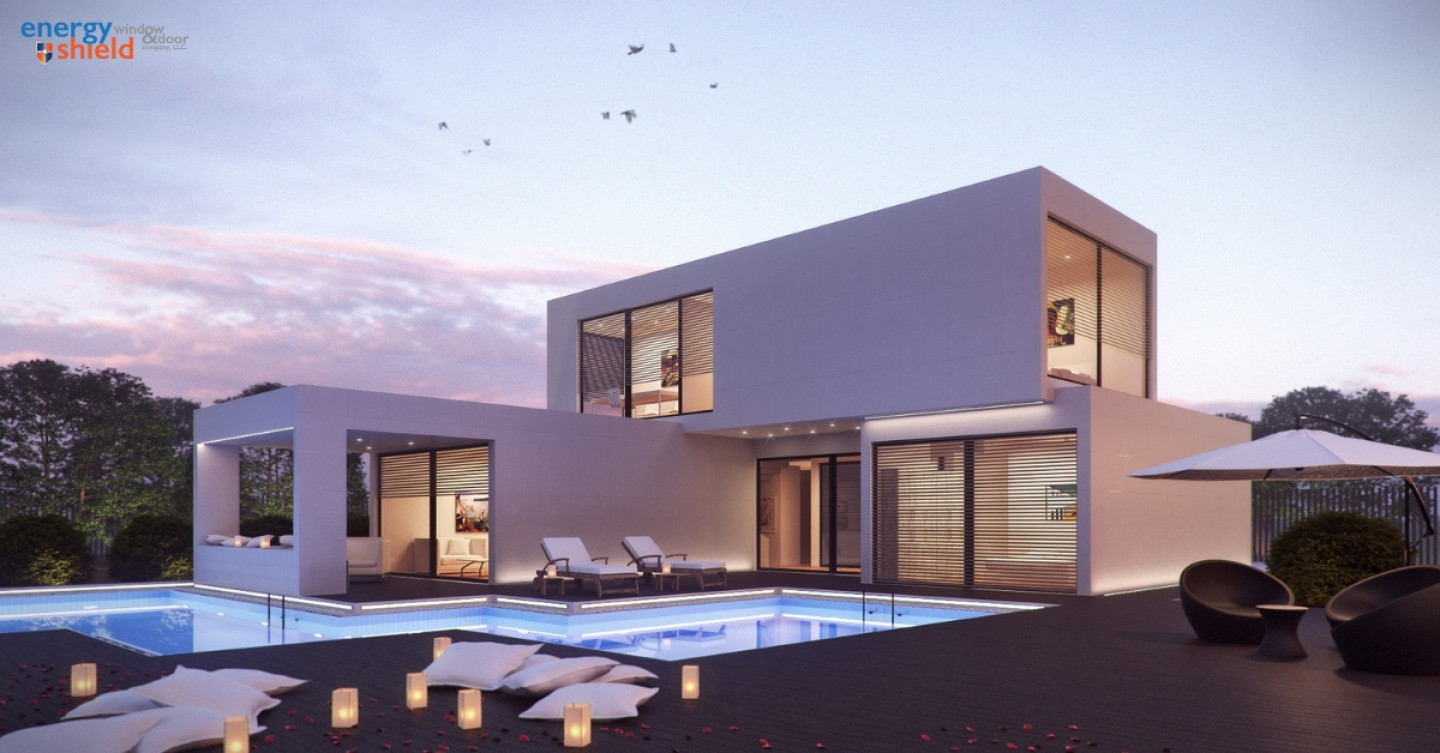There are two primary types of window installation – pocket installation and full-frame installation. Which of these methods is suitable for your situation depends on several factors. These include the comparative window installation cost and how the window’s long-term performance will be impacted, if at all, by the type of installation performed. The age of the house and the existing window trim are also considerations. Your window contractor should provide guidance on the best approach for your particular window replacement.
Pocket Window Installation
A pocket installation leaves the existing window frame in the wall. Only the window sashes and jamb liners are removed, leaving the old window frame unaltered. New replacement windows are sized to fit inside the existing frames in pocket installation. A fully-constructed replacement window insert is set into the opening and attached to the existing side jambs.
NOTE: The glass area of the newly inserted window will be a little smaller than the previous window because new jambs and liners are part of the new window insert. Those take up a little of the opening for the insert.
- PROS: Pocket window installation is faster, easier, and usually costs less than a full-frame installation. Using this approach also allows you to install a new window without altering or removing the existing trim on the interior side.
- CONS: Installing a new window directly into an existing old frame means there is no opportunity to inspect the rough opening in the wall for water damage, insect damage, mold, insufficient or missing insulation, rotted wood, etc. A pocket window also reduces the glass area, which means less light can come in, a smaller view through the window, and a change in the aesthetic. Keeping worn old window trim also can look poor in contrast to the new window.
Full Frame Window Installation
Full-frame window installation involves removing the entire existing window and frame from the wall to expose the rough opening.
- PROS: Taking out the entire window and frame enables inspection inside the wall for any damage or deterioration that has occurred over the years. You can identify wood rot, water damage, mold, insect infestation, etc. The structural supports around the window can be reinforced, and more and better insulation can be added if needed. Plus, the larger glass pane will allow more light and a broader view from the window, and it will maintain the aesthetic quality of the original window. The trim can also be updated.
- CONS: A full-frame installation adds significantly to the labor and materials costs. It also adds a considerable length of time to complete the project and end the typical disruption of daily routines, construction noise, and inconvenience of such a home improvement project.
Deciding Which Installation Type Is Best
For older traditional-style houses with substantial interior trim work that needs to be preserved to maintain the home’s integrity, pocket installations can avoid affecting the interior trim. Or, when fast and low-budget installation is the priority, the pocket install approach may make the most sense. However, a full-frame installation can be used to correct issues inside walls around windows and take measures to protect the structure. It also preserves the aesthetic quality of the window and maintains the view and full flow of natural light provided by the original window.
Arizona Leader In Window Installation – Energy Shield
We are Arizona’s leading manufacturer of energy-efficient windows and doors. We have built our brand on the industry’s best product quality, unmatched customer service, and a superior warranty that protects our customer’s investment. We are an A+ Member of the BBB.
Free 0% financing (with qualified credit).
























